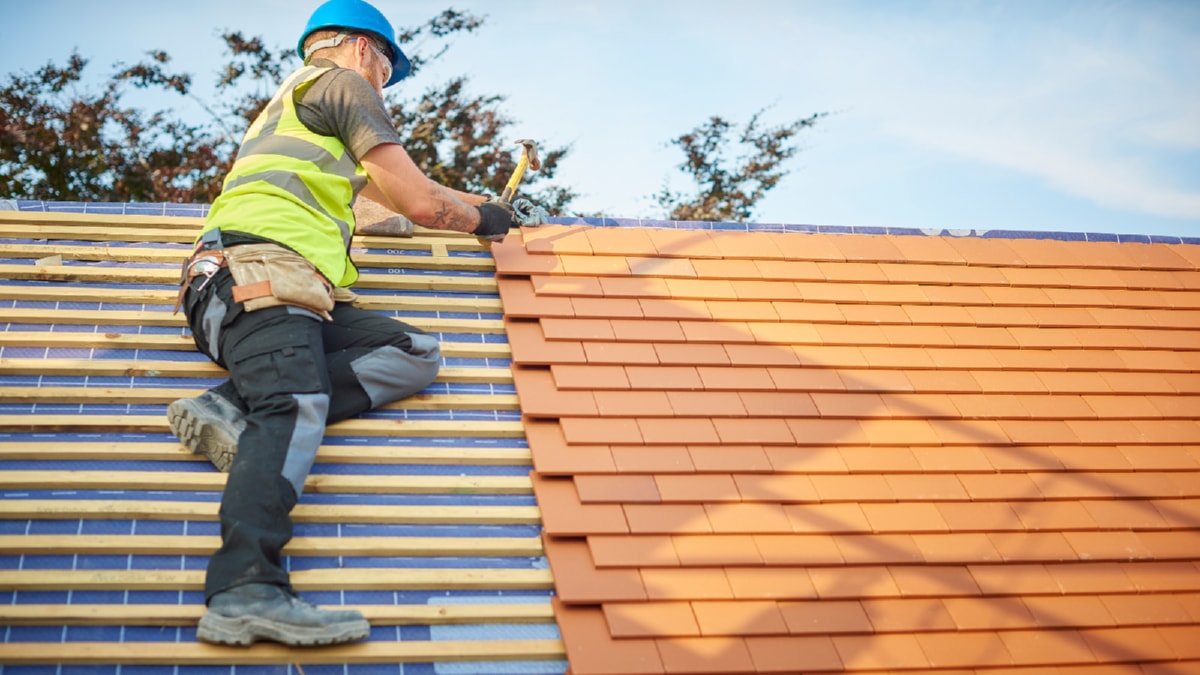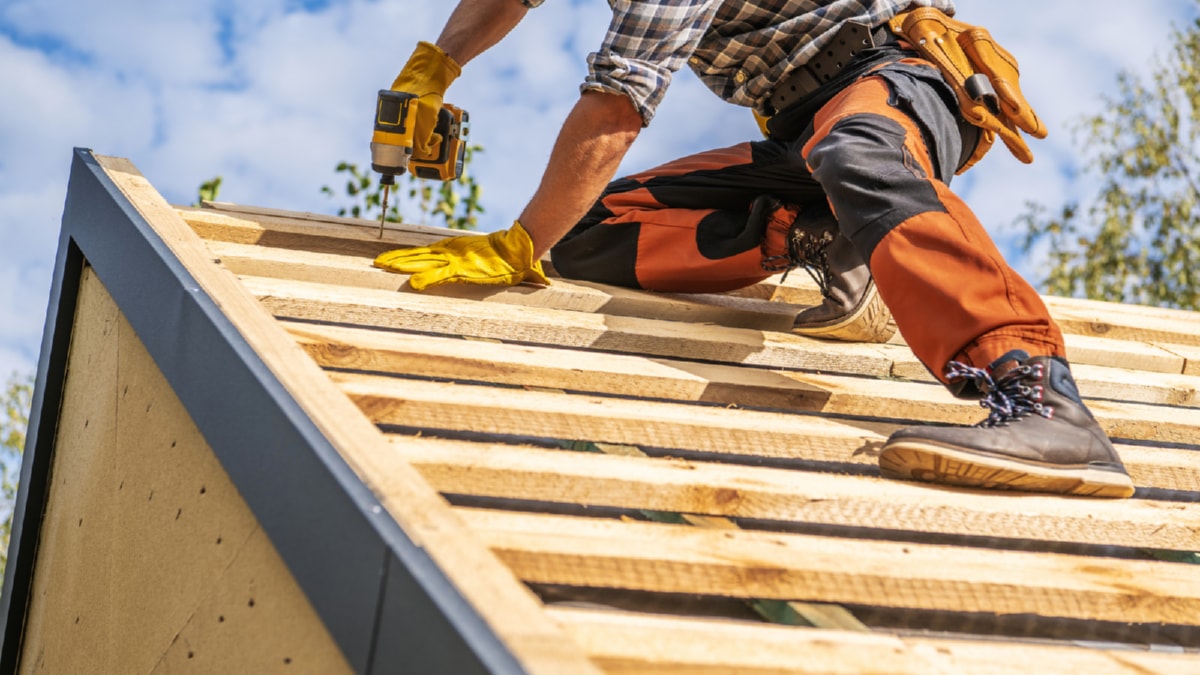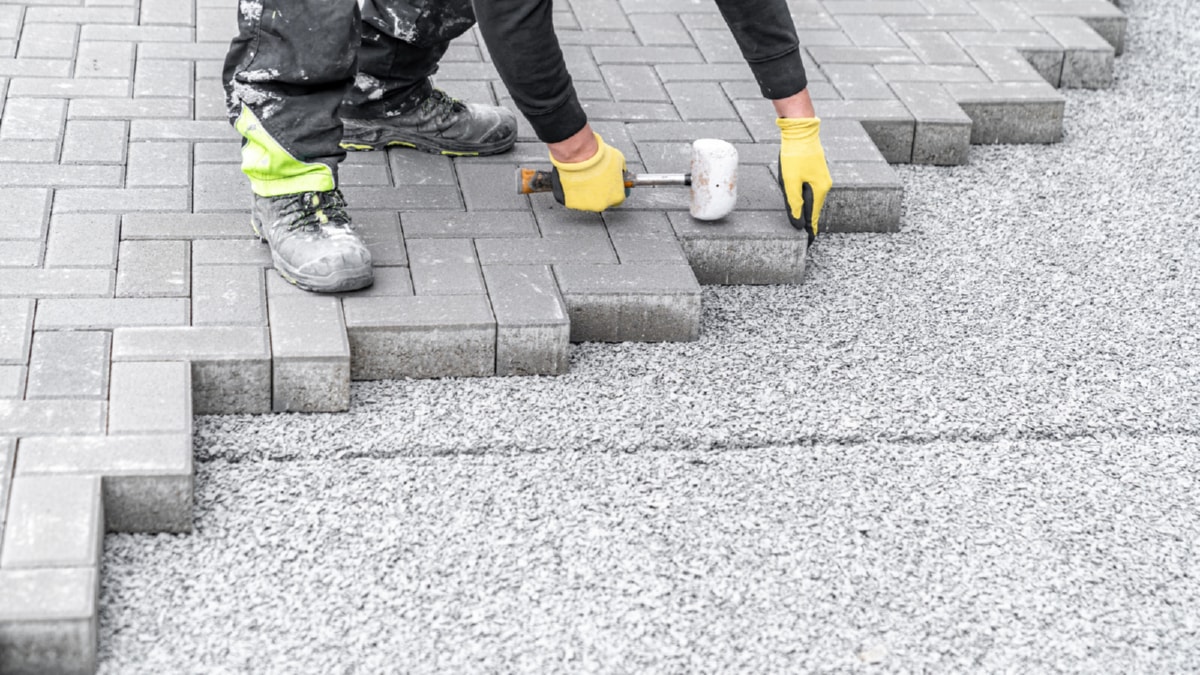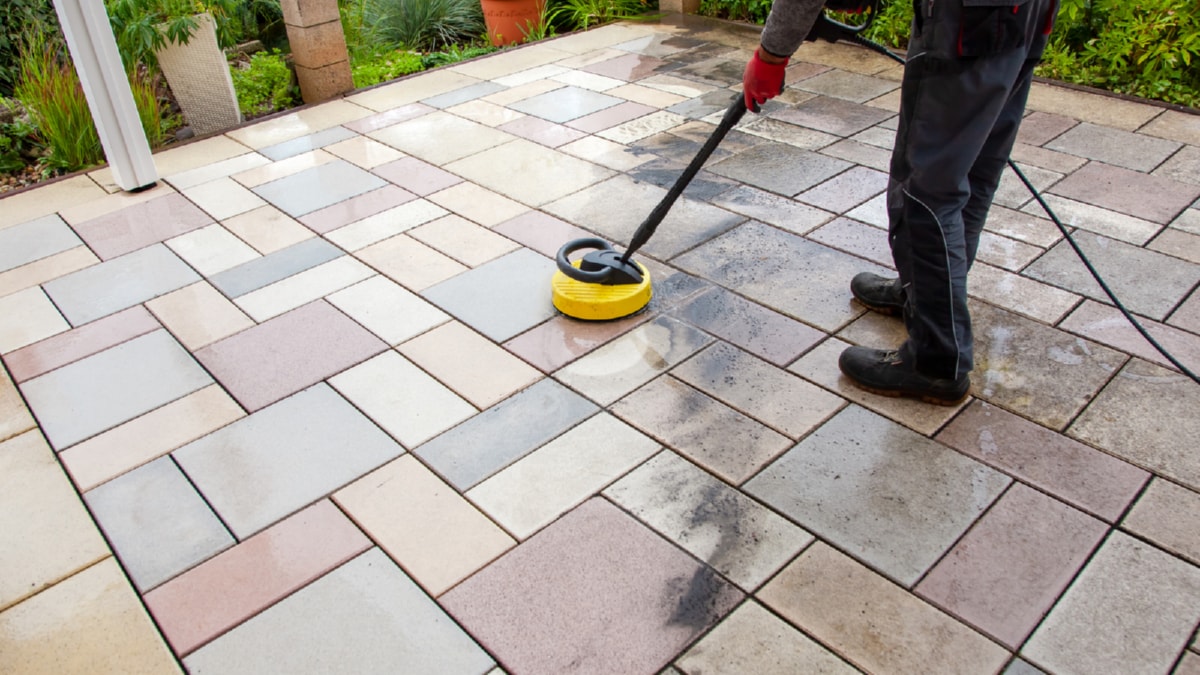In today’s world, where environmental concerns are at an all-time high, designing a sustainable home is more important than ever. This article will explore the top techniques, tips, and strategies to help you achieve this aim.
To begin with, it’s essential to consider the location of your house. Constructing a home in an area with a favorable climate can reduce the need for energy-consuming heating and cooling systems. Also, choosing a location that is close to public transport and amenities can decrease car dependency, thus reducing carbon emissions.
Another important strategy is to make the most of natural light. Including large windows, skylights, and open floor plans can help to let in more natural light, reducing the need for artificial lighting during the day. Furthermore, when building your house, consider the orientation to ensure the property can capitalize on the sun’s path, providing warmth in the winter and shade in the summer.
Moreover, the choice of building materials plays a significant role in creating a sustainable house. Choosing materials like reclaimed wood, bamboo, and recycled steel can minimize the environmental impact. These materials are not only sustainable but they also add a unique aesthetic appeal to the property. Also, using locally sourced materials can significantly reduce the carbon footprint associated with transporting the materials.
Insulation is another critical aspect when it comes to constructing a sustainable home. Proper insulation can help to reduce energy consumption by keeping the home warm in the winter and cool in the summer. Choices for green insulation materials include cellulose, wool, and cork.
Furthermore, incorporating renewable energy sources, such as solar panels and wind turbines, into your home’s design can greatly reduce its dependence on fossil fuels. These systems can generate enough electricity to power your home, and in some cases, surplus power can be sold back to the grid.
Water conservation is another crucial area to consider. Incorporating features such as low-flow showerheads, dual-flush toilets, and rainwater harvesting systems can significantly reduce water usage.
Finally, the incorporation of green spaces is crucial for creating a green home. Growing trees and plants around your property not only improves air quality but also contributes to a healthier living environment.
In conclusion, creating a eco-friendly home involves more than just the structure itself. It’s about creating a home that is in harmony with its environment, minimizing its carbon footprint, and promoting a healthier lifestyle. With these tips and techniques, you can contribute to a greener future while enjoying a beautiful, functional, and comfortable house.
.
For more details, check best exterior step and stair rebuild and replace service or visit their business listing here.



